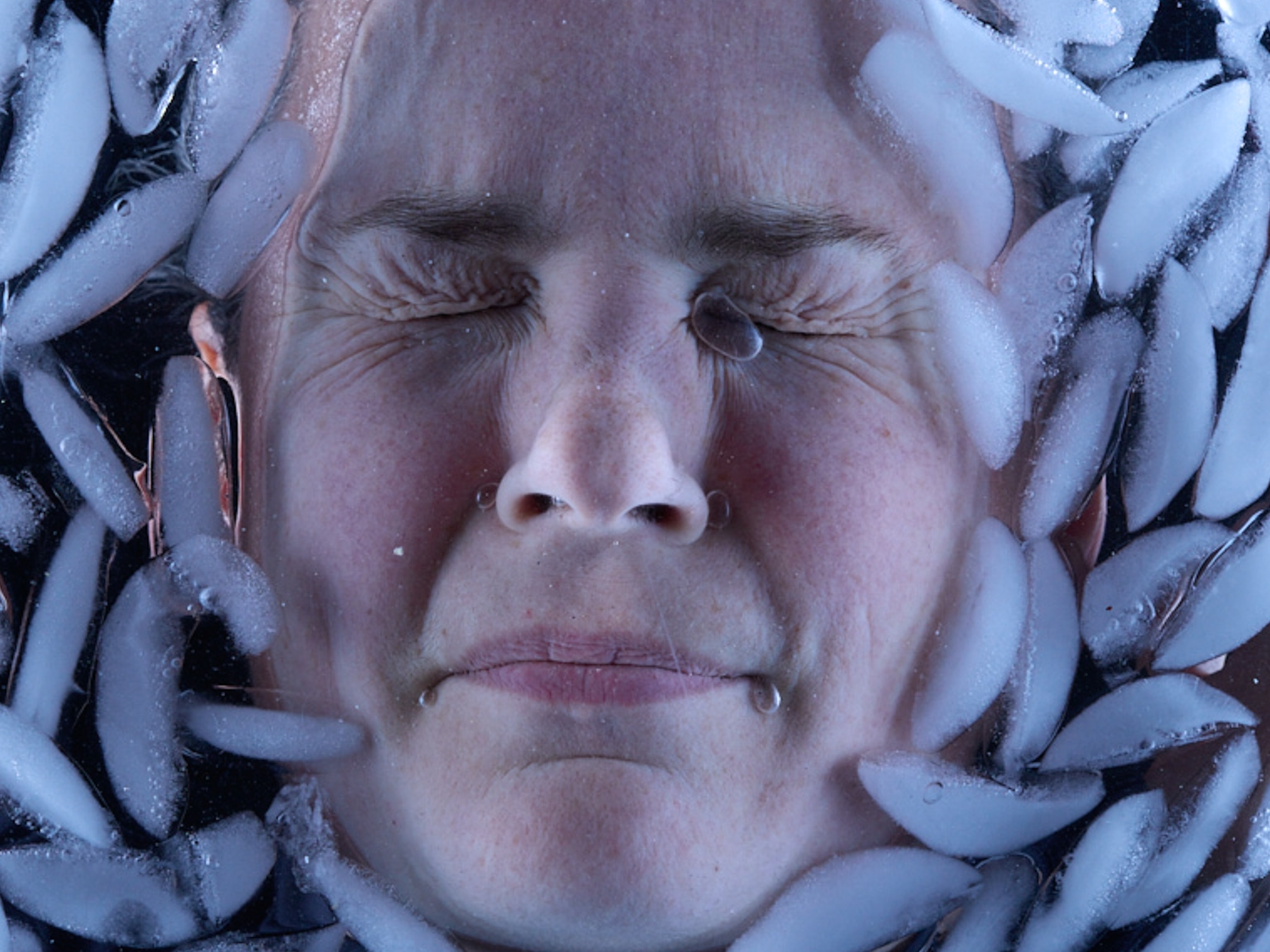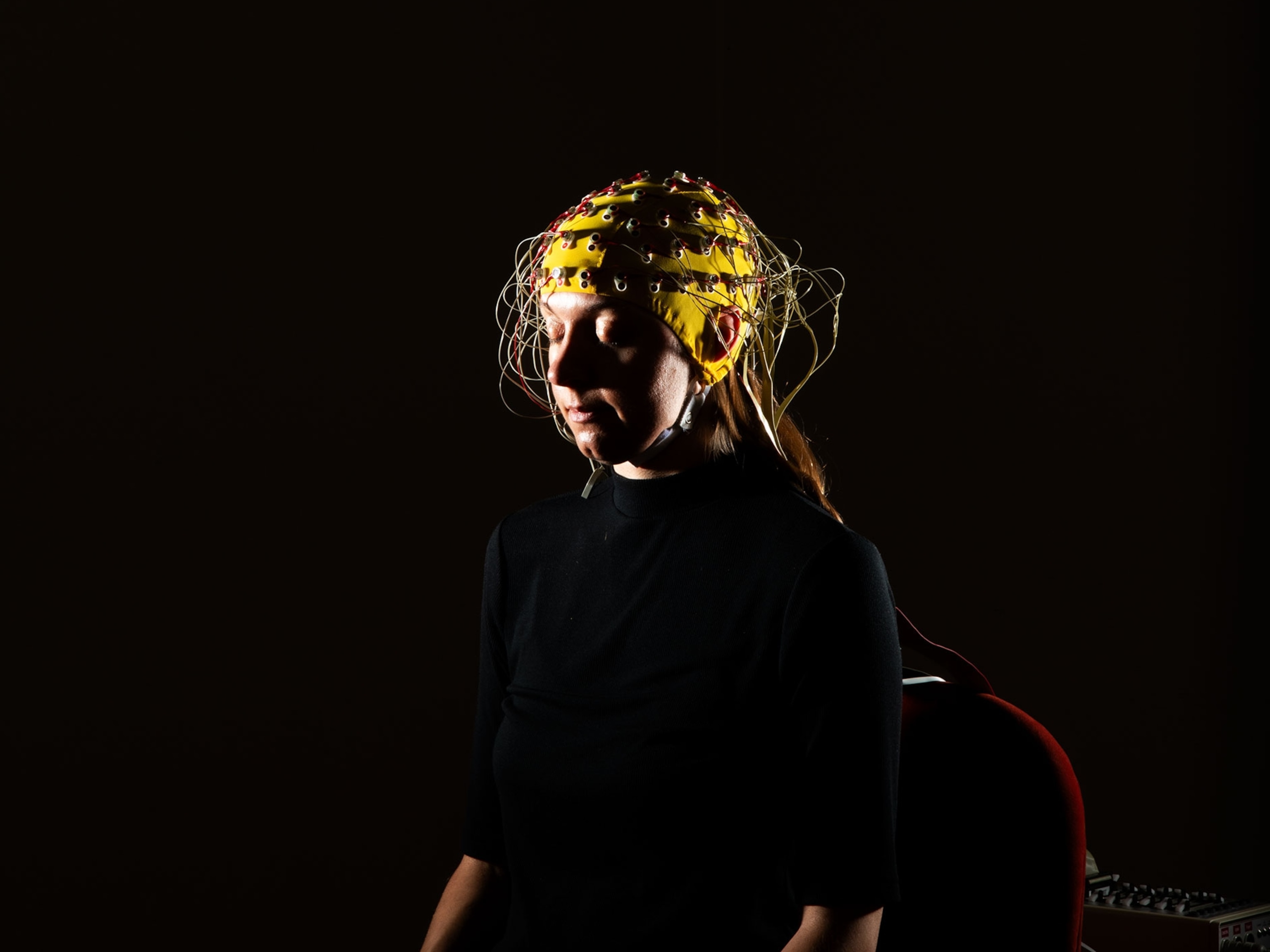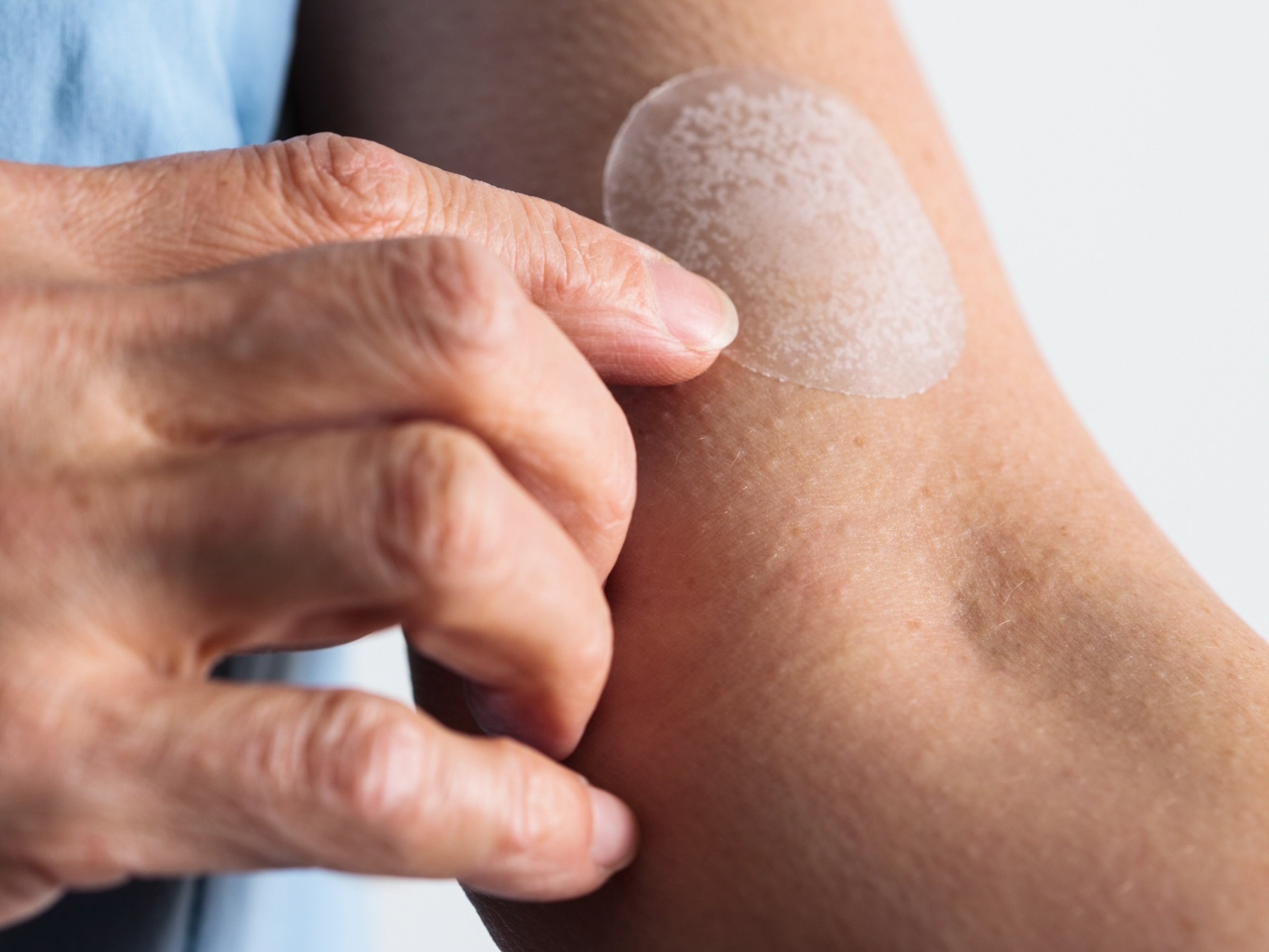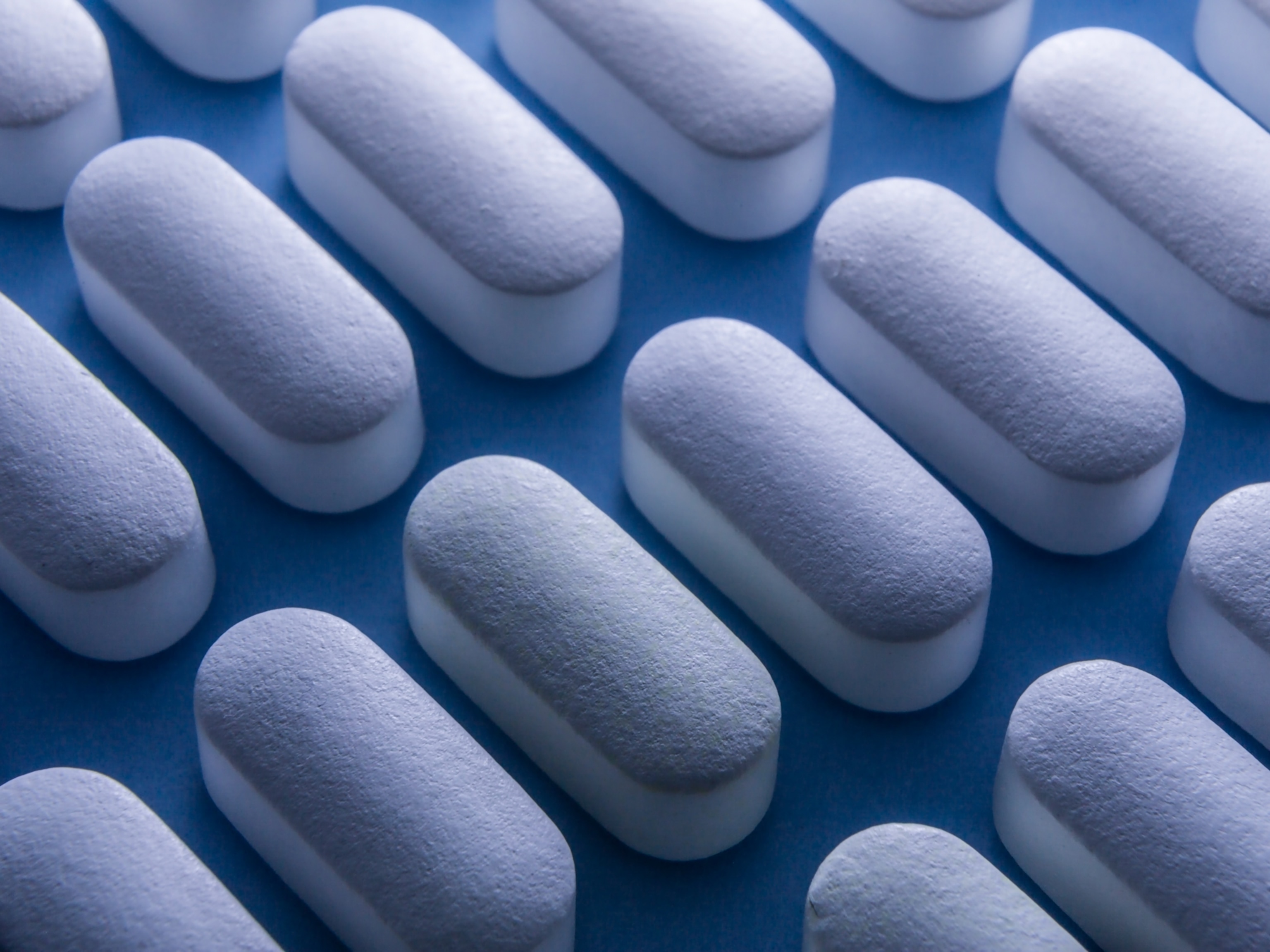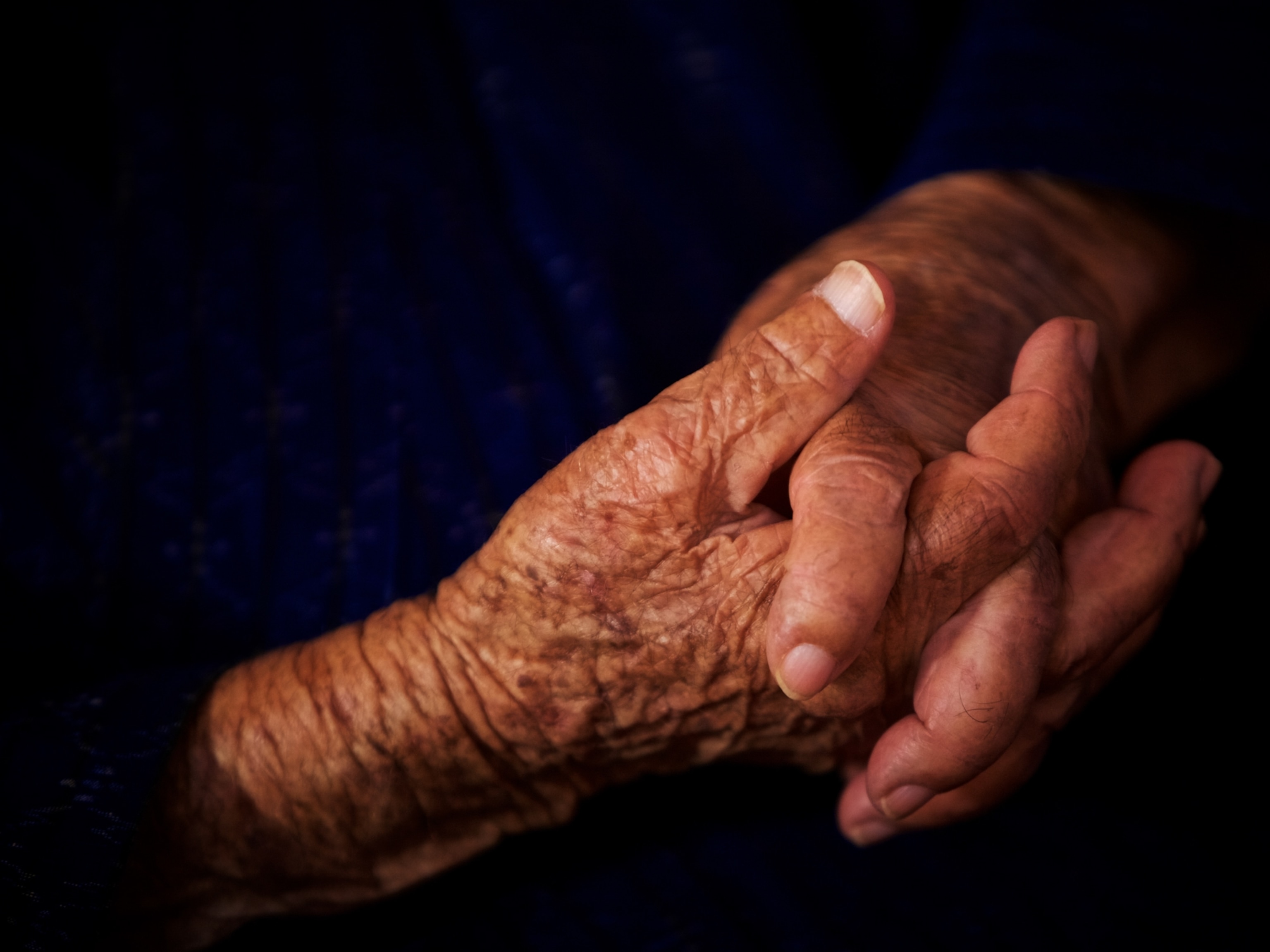Sleepmaxxing is the newest wellness trend—but does it actually work?
From kiwi snacks to white noise masks, this trend promises deeper rest.

Restless nights are nothing new, but the search for better sleep has taken a curious turn on TikTok. A viral trend called sleepmaxxing is flooding feeds with creative—and sometimes eyebrow-raising—techniques. From mouth taping and nostril expanders to magnesium-laced “sleepy girl” mocktails and kiwi-fueled snooze strategies, TikTokers are sharing their secrets for achieving deeper, more restorative rest.
But do these hacks actually work? And are they safe? Sleep experts weigh in on the science behind sleepmaxxing, the potential risks, and why so many are turning to social media for advice on a problem as universal as sleep.
What is sleepmaxxing, and why is it trending?
In short, sleepmaxxing is a catch-all term for any tip, trick, gadget, or hack that can help you sleep faster, longer, deeper, and better. The name itself is a nod to “looksmaxxing,” another TikTok trend focused on optimizing appearance.
“Sleepmaxxing is so popular now because people are realizing the importance of sleep in connection with their overall wellbeing,” Clete A. Kushida, a neurologist and sleep expert at Stanford Health Care says.
(Here’s how social media can become the stuff of nightmares.)
“With more consumer health trackers and wearable devices that include sleep tracking, they can obtain daily information about their sleep stages. People are sleepmaxxing because they want to find ways of maximizing their mental and physical health, or they are having sleep difficulties and are looking for an easy solution to fix it,” he adds.
Do sleepmaxxing hacks actually work?
So, can these viral sleep hacks truly enhance rest, or are they more about the placebo effect?
“Some interventions like melatonin have been shown to be effective in several randomized, double-blind, placebo-controlled trials, while other interventions, like taping the mouth, have not been systematically tested in sham-controlled trials,” says Kushida.
(What’s in melatonin—and is it giving you nightmares?)
But a few hacks have roots in science. Blue light-blocking glasses, for example, help regulate circadian rhythms, while eating kiwis before bed has been shown to boost serotonin and melatonin and improve sleep quality and muscle recovery in athletes, one study found.
Other methods, however, remain inconclusive. Research on magnesium supplements and their impact on sleep quality is limited, while the effectiveness of white noise devices has mixed results.
“Techniques like deep breathing or mindful meditation, have been shown to lower stress and promote relaxation, which helps improve sleep quality,” says Anita Shelgikar, president-elect of the American Academy of Sleep Medicine and professor of neurology at the University of Michigan Medical School. “However, pineal gland meditation, which promises to put you to sleep in under 10 minutes, lacks solid scientific backing.”
Interestingly, the most effective sleepmaxxing methods aren’t new—they align with a tried-and-true concept known as sleep hygiene.
According to Neal Walia, an internist and sleep specialist at UCLA Health, sleep hygiene encompasses habits and conditions to create the best environment for your body to achieve restful sleep and minimize potential disruptions.
Good sleep hygiene includes sleeping in a cool environment of 60-67 degrees Fahrenheit, decreasing your light exposure before bedtime, and maintaining a consistent sleep and wake schedule to promote your body’s circadian rhythm and melatonin secretion.
How to optimize your sleep safely
While some sleepmaxxing hacks may have merit, experts urge caution before trying more extreme interventions like mouth taping or unregulated supplements.
“Limited research shows that mouth taping may not be effective for everyone who breathes through their mouth during sleep, and in some cases worsens airflow during sleep,” Kushida says.
(Here are seven science-backed tips for better sleep.)
“There is also the risk of aspirating phlegm and reflux contents into the lungs if the mouth is taped; I’ve heard of patients who had developed aspiration pneumonia after taping their mouths,” he adds.
Experts emphasize sticking to methods with proven safety and efficacy. However, even with tried-and-true techniques, there’s a warning: focusing too much on optimizing sleep—an obsession known as orthosomnia—can ironically make it harder to fall asleep.
So if you’re a troubled sleeper, consider seeing a physician before you splurge on a wearable sleep tracker or an expensive sleep mask. “Oftentimes, the best sleepers are those who think about it less,” Walia says.

